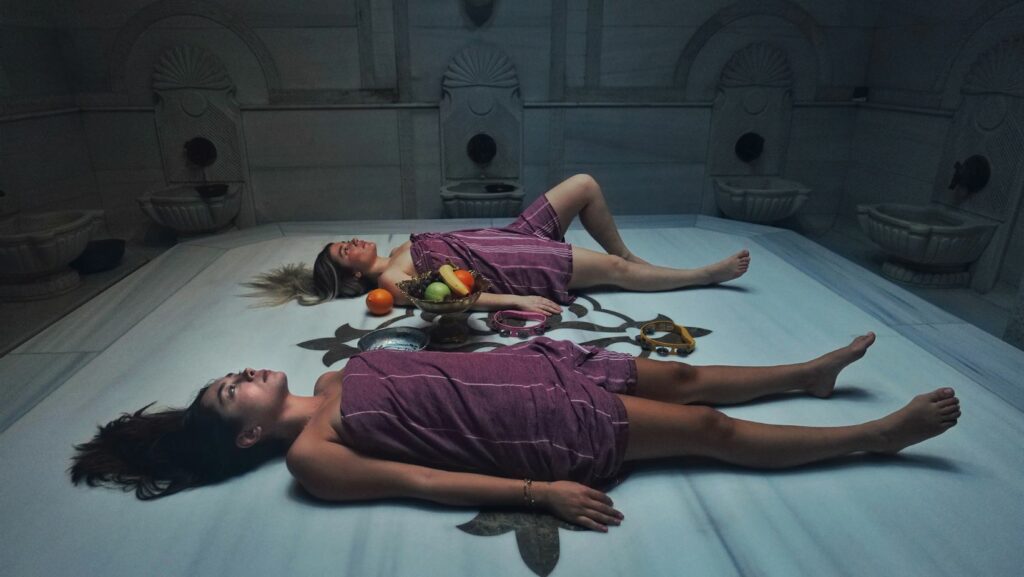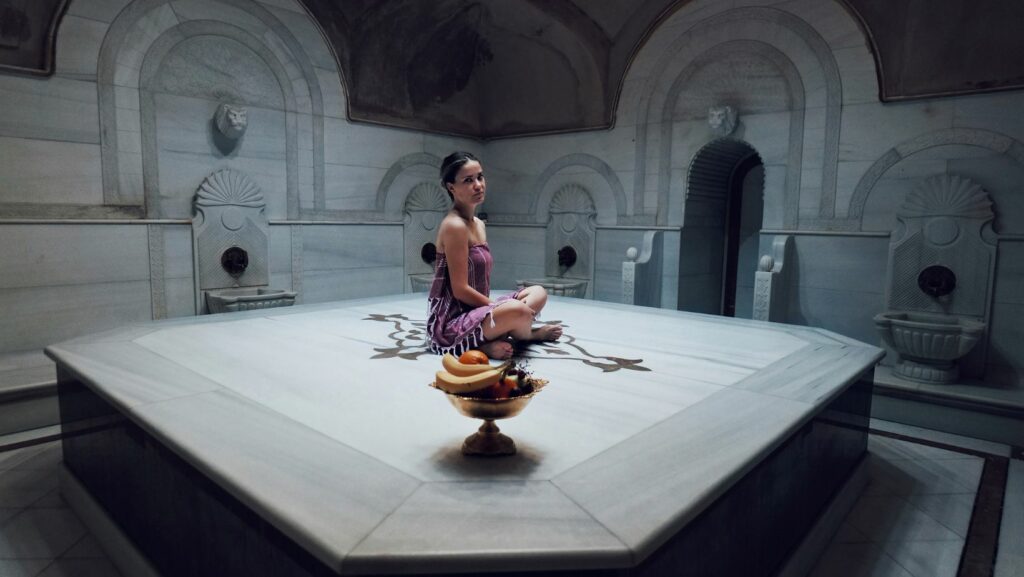What is Cinematic Arts
Cinematic arts, a captivating blend of creativity and technology, is an ever-evolving field that continues to shape the way stories are told and experienced. From the flickering images of early silent films to the immersive worlds of contemporary blockbusters, this art form has transformed the cultural landscape. It encompasses everything from directing and screenwriting to cinematography and editing, making it a multifaceted discipline that brings stories to life on the big screen.

At its core, cinematic arts is about storytelling. It combines visual artistry with narrative techniques to evoke emotions and provoke thought. As audiences are drawn into the worlds created by filmmakers, they experience a unique blend of reality and imagination. With advancements in technology, the possibilities for innovation in cinematic arts are virtually limitless, allowing creators to push boundaries and redefine what’s possible in storytelling. This dynamic field continues to inspire and captivate, leaving an indelible mark on both culture and society.
Understanding Cinematic Arts
Cinematic arts encompass various disciplines in filmmaking, such as directing, screenwriting, and cinematography. These disciplines work together to create films that captivate audiences. Each role contributes uniquely to the storytelling process. For instance, directors interpret scripts into visual narratives, while screenwriters craft the dialogues and plot structures. Cinematographers focus on the visual elements, capturing the essence of scenes with lighting, framing, and camera movement. Editing, an often-overlooked component, binds these elements, ensuring a coherent and engaging narrative flow.
Technology has profoundly influenced cinematic arts by introducing advanced tools and techniques. From CGI effects transforming imagination into visual reality to digital editing software enhancing storytelling precision, the fusion of creativity and technology elevates film quality. Filmmakers now experiment with innovative formats like virtual reality, offering immersive experiences that transcend traditional media.
Cinematic arts not only entertain but also challenge perspectives, sparking conversations about societal issues. Films often reflect cultural and social dynamics, acting as mirrors to society. This ability to entertain and educate makes cinematic arts a significant cultural force with lasting impact.
The History of Cinematic Arts
Cinematic arts have a rich, transformative history that intertwines with technological evolution and cultural shifts. Spanning over a century, it reflects societal changes and artistic innovation.
Early Beginnings
The birth of cinematic arts dates back to the late 19th century with the invention of motion pictures. Pioneers like the Lumière brothers and Thomas Edison experimented with moving images, resulting in short films that captivated audiences. Georges Méliès further expanded the art form by applying special effects, setting a foundation for narrative filmmaking.
Technological Advancements

Technological innovations significantly shaped the cinematic arts, enhancing the complexity and quality of films. The introduction of sound in the 1920s marked a major breakthrough, allowing for synchronized dialogue and soundtracks. Color film emerged in the 1930s, revolutionizing visual storytelling. In recent decades, digital technologies have transformed filmmaking, with CGI and novel filming techniques creating more realistic and immersive experiences.
The Golden Age of Cinema
The mid-20th century is often referred to as the Golden Age of Cinema. Hollywood became the epicenter of film production, producing iconic films and launching careers of legendary stars like Humphrey Bogart and Marilyn Monroe. This period saw the refinement of storytelling techniques, with directors like Alfred Hitchcock and Billy Wilder pushing creative boundaries. The Golden Age established cinema as a significant cultural medium and laid the groundwork for contemporary cinematic arts.
Key Elements of Cinematic Arts
Cinematic arts combine multiple disciplines to create compelling stories. Each element plays a crucial role in shaping the final experience.

Direction involves translating a screenplay into visual storytelling. Directors manage artistic choices and coordinate with the cast and crew to ensure a unified vision. They are instrumental in scene pacing, actor performances, and emotional tone. Production complements direction by managing logistics, scheduling, and budget. Together, these roles transform creative concepts into structured projects on screen.
Cinematography captures the visual essence of a film. Cinematographers, also known as directors of photography, choose camera angles, lighting, and shot composition to create desired aesthetics. Visual style establishes mood and enhances the storytelling experience. Consistent visual choices contribute to an immersive atmosphere and support narrative themes.

